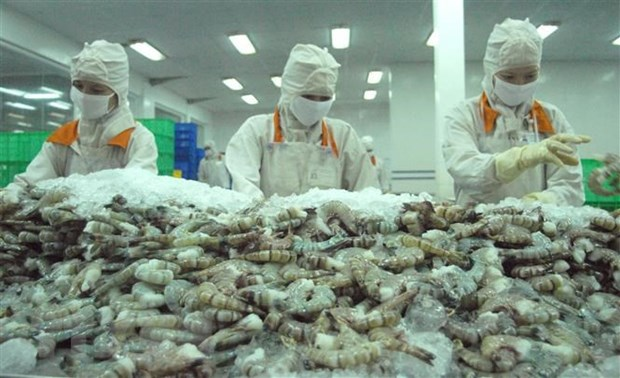 |
| A child waiting to be treated at a hospital in the Congo. — REUTERS/VNA Photo |
HÀ NỘI — The Ministry of Health has reported on a mysterious disease outbreak in the Democratic Republic of Congo (DRC), which has caused numerous fatalities.
According to Hoàng Minh Đức, director of the General Department of Preventive Medicine, the World Health Organization (WHO) has provided initial details about the outbreak.
The disease, reported in Panzi, Kwango Province, has affected 406 individuals, resulting in 31 fatalities. Symptoms include fever, headaches, coughs, runny noses and muscle pain. Most cases involve children, with 53 per cent of those affected and 54.8 per cent of fatalities occurring in children under five years old. All severe cases are linked to significant malnutrition.
The outbreak is taking place in a remote rural region approximately 48 hours by road from the capital, Kinshasa. The area has recently experienced food shortages, poor medical resources, low vaccination rates and limited access to diagnostic and case management services. The ongoing rainy season is exacerbating difficulties in accessing healthcare, which is delaying the identification of the disease’s cause.
Malaria is prevalent in the region and is suspected to be a contributing factor, though control measures for the disease are limited. WHO has assessed the risk to affected communities as high, given the challenges and poor living conditions. Initial data suggests familial clusters, raising concerns about potential household transmission. However, the outbreak is currently localised to Panzi, with a moderate risk at the national level and a low risk at the regional and global levels. WHO has recommended monitoring at the borders near Angola.
The General Department of Preventive Medicine has stated it will continue to closely monitor the situation and coordinate with WHO and other international partners to share updates and assess the outbreak’s progression. If the situation evolves, the department will collaborate with WHO, the US Centers for Disease Control and Prevention (USCDC) and other relevant agencies to propose appropriate responses, including enhanced health quarantine measures. VNS
 Politics & Law
Politics & Law



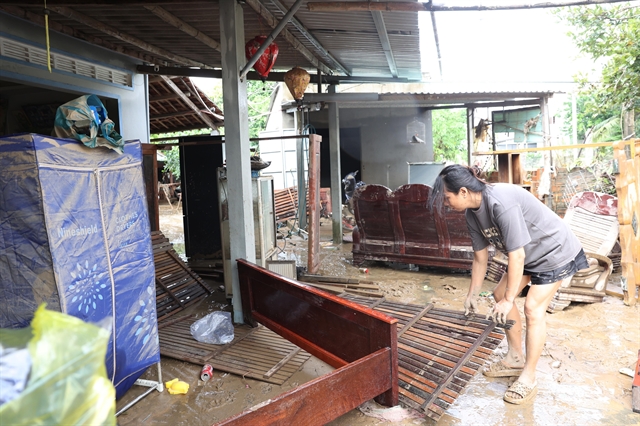
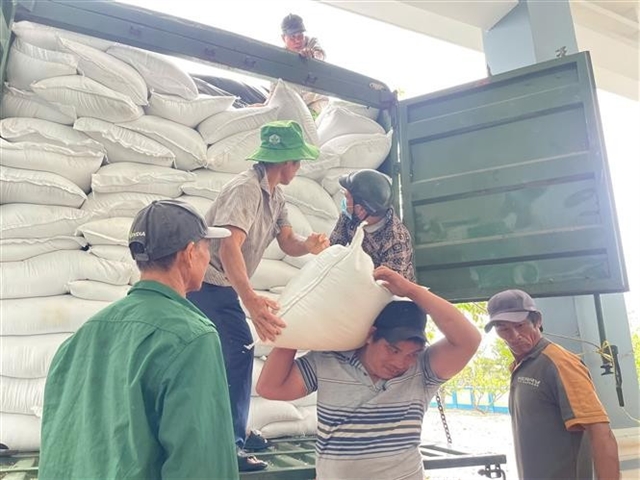
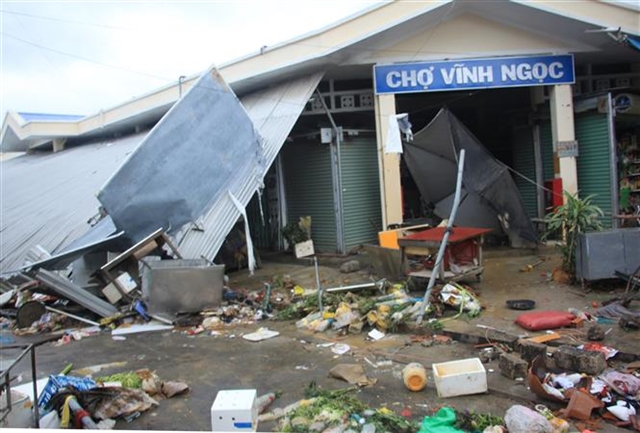
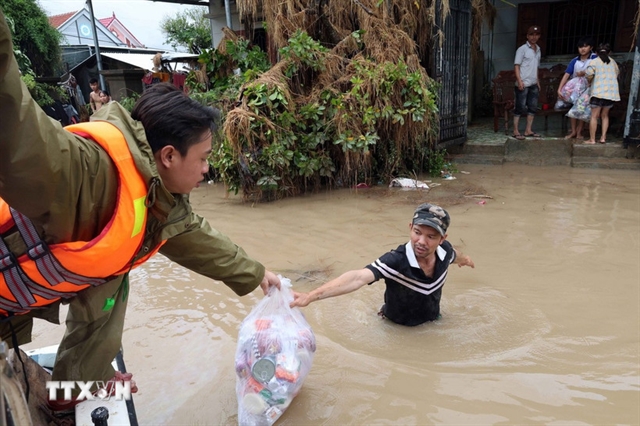
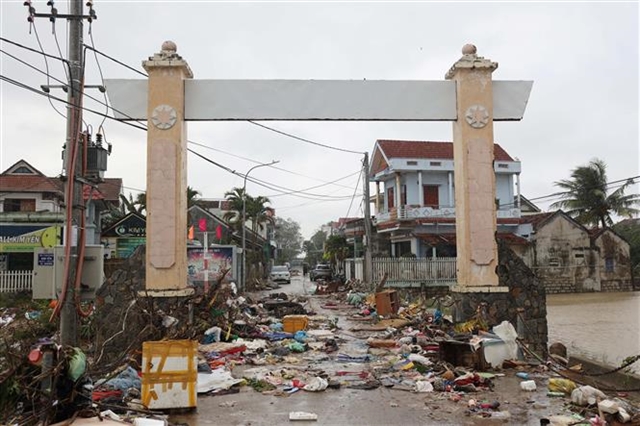
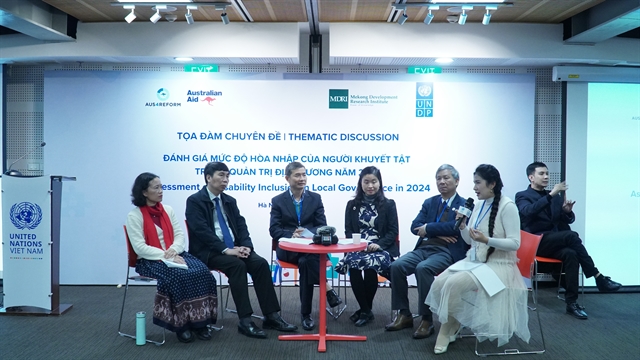
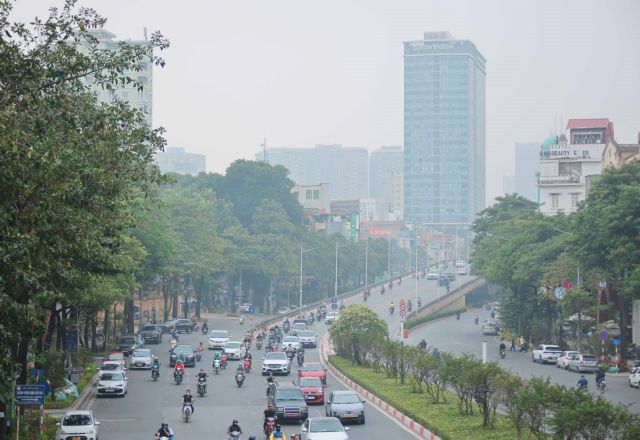

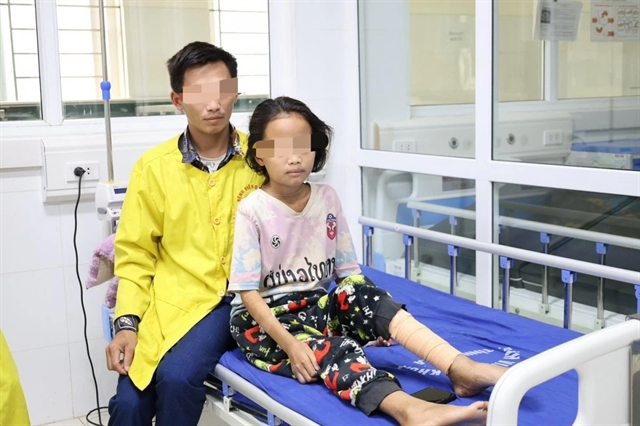


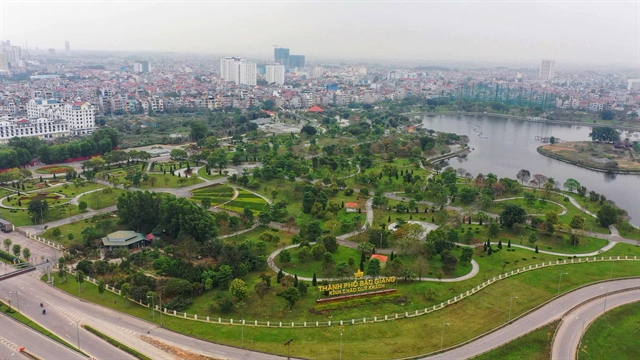
.jpg)




.jpg)
